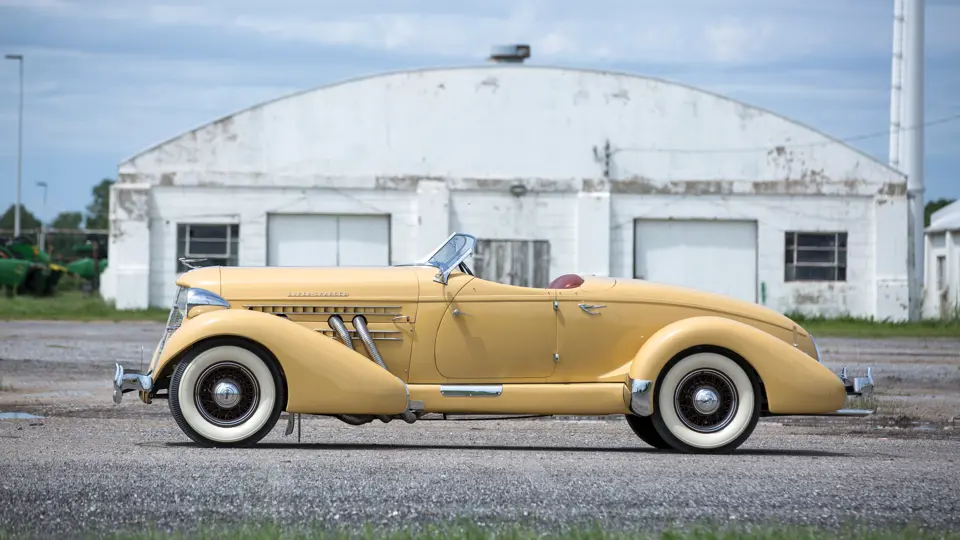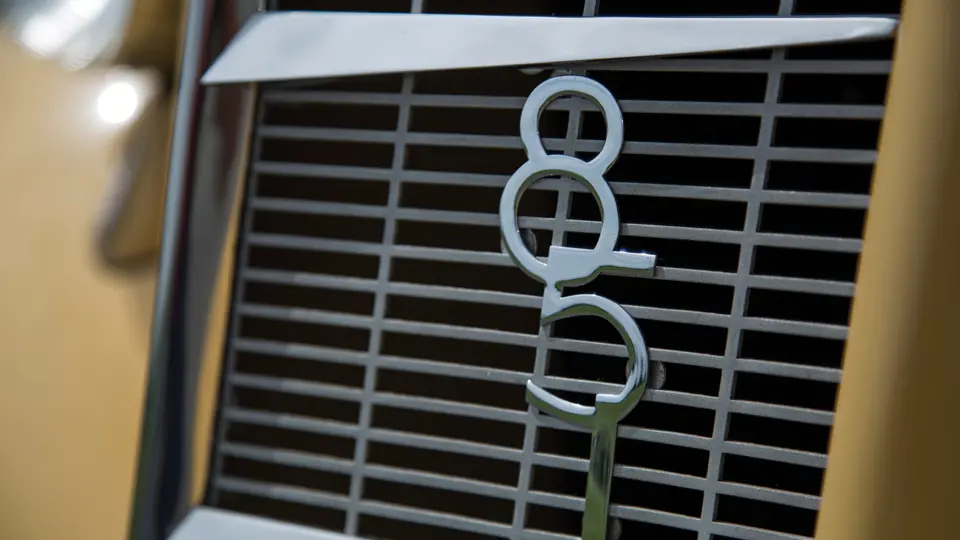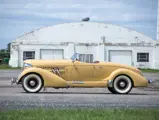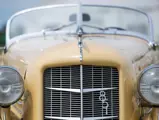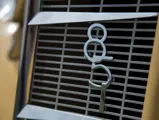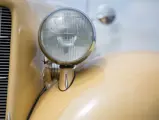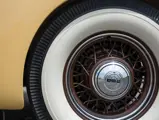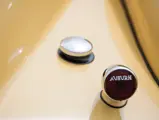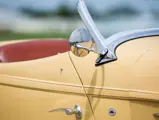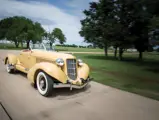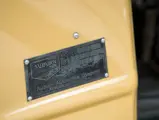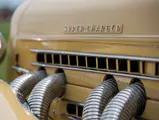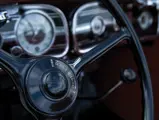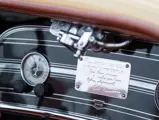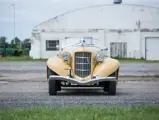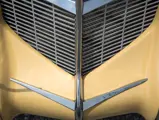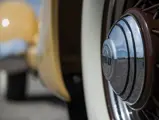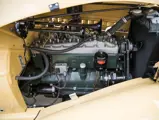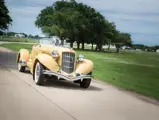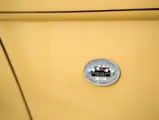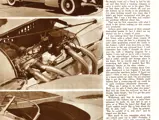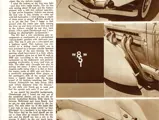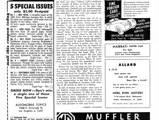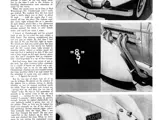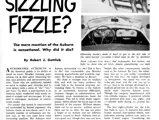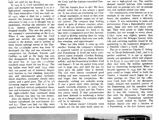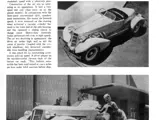
1935 Auburn 851 Supercharged Speedster
{{lr.item.text}}
$770,000 USD | Sold
{{bidding.lot.reserveStatusFormatted}}
- Formerly owned by Charles “Chuck” Arlington and John Ehresman
- Well-known history back to the early 1950s
- Authentic, pure, and respected by enthusiasts
- An iconic American Art Deco performance car; CCCA Full Classic
Model 851. 150 bhp, 280 cu. in. L-head inline eight-cylinder engine with a single two-barrel carburetor and Schwitzer-Cummins centrifugal supercharger, three-speed manual transmission with a Columbia dual-ratio rear axle, solid front and rear axles with semi-elliptical leaf springs, and four-wheel hydraulic drum brakes. Wheelbase: 127 in.
In the days when Bugattis crossed France and 4½-Litre Bentleys tore through the British countryside, the American equivalent was the Auburn Speedster. Indiana’s Auburn Automobile Company revealed its first version of this dashing body style, inspired by a Duesenberg show car, for the 1928 model year and would offer variations on the theme through to the end of production in 1936.
The 1935–1936 Speedsters were designed by the legendary Gordon Buehrig. Audacious by the standards of their time, they featured curvaceous bodywork with a straight hood line shooting back from the radiator to a sharply vee’d windshield, down between pontoon fenders, over gently sloping doors, and descending in a graceful taper to the rear bumper. It was this distinctive rear design, elegantly outlined by chrome and striping, that gave the Speedster its everlasting nickname, “the boattail.”
Underneath, the Speedster shared the same exciting mechanicals as other supercharged Auburn models. The glistening chrome side exhaust heralded the presence of a Schwitzer-Cummins blower, which boosted the horsepower of the Auburn straight eight to 150 from a normally aspirated reading of 115.
The 150 horsepower was sent to a Columbia dual-ratio rear axle, standard equipment on the supercharged models, which provided two ratios for each gear, one low and one high. The ratios could be changed as often as desired, while at very low speeds or at a stop, by moving the switch in the center of the steering wheel. This provided the supercharged Auburn with much greater flexibility, making it a true “driver’s car,” ideal for both purring through crowded cities and roaring down country lanes.
Each Speedster bore on its dashboard a plaque inscribed, “This certifies that this AUBURN AUTOMOBILE has been driven 100.8 miles per hour before shipment.” It was signed by David “Ab” Jenkins, the speed record driver who achieved some of his greatest successes at Bonneville behind the wheel of a late Auburn Speedster. Of course, the plaques were merely factory decoration installed on the production line. Then again, no one who has driven these cars since has ever complained about a lack of speed!
THE ARLINGTON TWINS
Charles “Chuck” Arlington was a well-known Los Angeles radio personality and man about town, famous as a news announcer. He was a colorful and interesting character and something of a car enthusiast, which is reflected in his ownership over the years of no fewer than four Auburn Speedsters, including three supercharged eight-cylinder models of 1935 and 1936 and a 12-cylinder model.
The eight-cylinder Speedsters were all absolutely identically restored, down to black top compartment tonneaus and Cigarette Cream finishes, and were known as the "Arlington Twins” (as he never owned more than two at a time). Since each of the cars was restored to be identical to the others, there is no way of telling which of the Arlington Speedsters appeared in the many periodicals in which the cars were featured during the 1950s, such as in the October 1952 issue of Road & Track magazine or in the March 1954 issue of Motor Trend. Two of the cars were joint award winners at the Fifth Annual Los Angeles Motorama in 1954!
Mr. Arlington sold this Speedster, serial number 851 33222 E, to D.M. Stanley in 1956. The car was acquired from Mr. Stanley by the late Glenn Pray, owner of the Auburn Cord Duesenberg Company, of Broken Arrow, Oklahoma, the successor to the original Auburn Automobile Company. Mr. Pray used this car as the template for his Auburn 866, one of the first “replicar” or, as he preferred to call them, “second-generation” automobiles, which debuted in 1966 and was successfully produced until 1981.
The original Auburn, meanwhile, went on to pass through the hands of several other well-known, long-time Auburn Cord Duesenberg Club members, including Paul Fischer, John Ehresman, and Karl Quizsch. It was acquired by the present owner nearly a decade ago from Arthur Smith, of Connecticut.
In its current ownership, the car has had a beautiful, correct tan leather interior installed by RM Auto Restoration in 2008, yet it continues to wear the majority of its well-preserved older restoration, including its finish in the classic Auburn color of Cigarette Cream. The fuel system has been rebuilt, including a rebuilt fuel pump and carburetor, as has the water pump, and the Startex starter system has been serviced. Importantly, it remains very correct and authentic throughout, including its original serial number tag, and has been an award winner at such events as Keels and Wheels in Seabrook, Texas, and a class winner at the Indianapolis Motor Speedway Celebration of Automobiles in 2014.
This marks a rare opportunity to acquire a very famous Auburn Speedster, treasured by ACD Club members since the organization’s earliest days and legendary among West Coast connoisseurs.


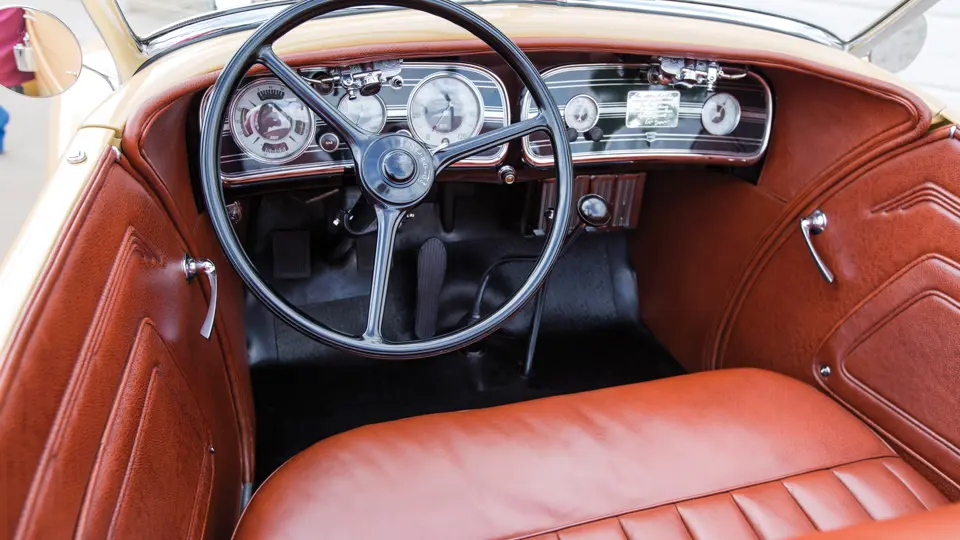

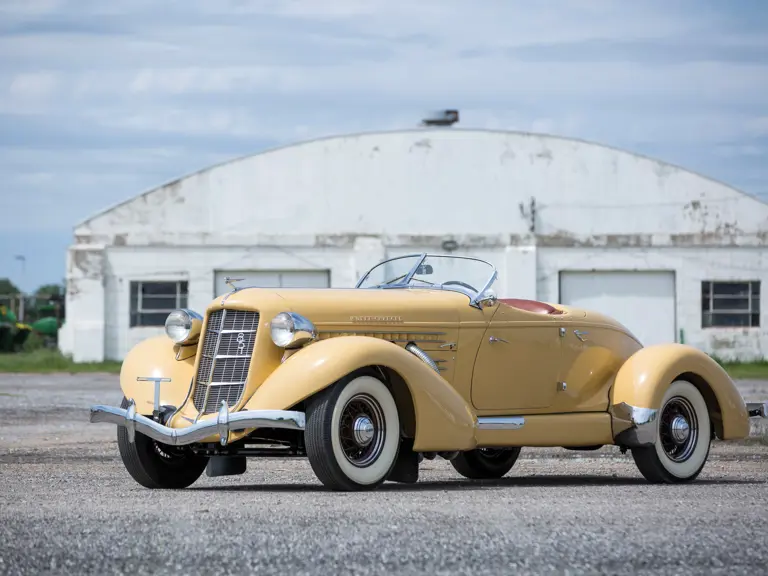
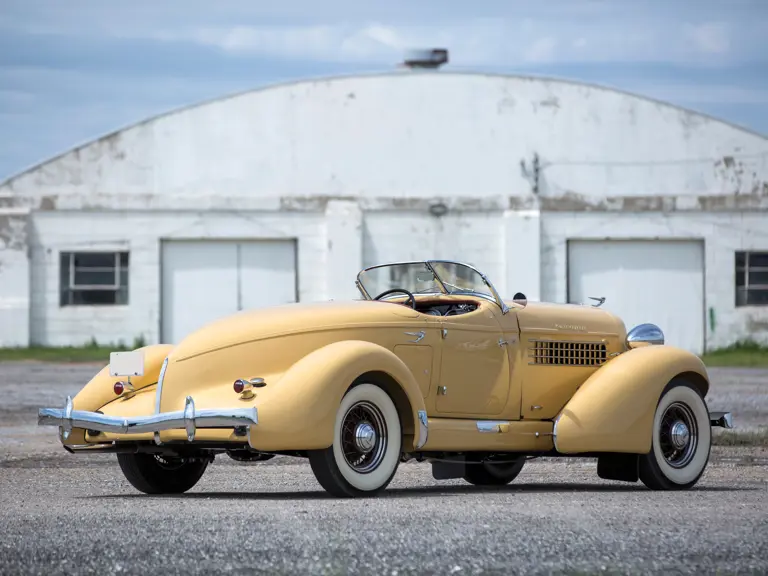
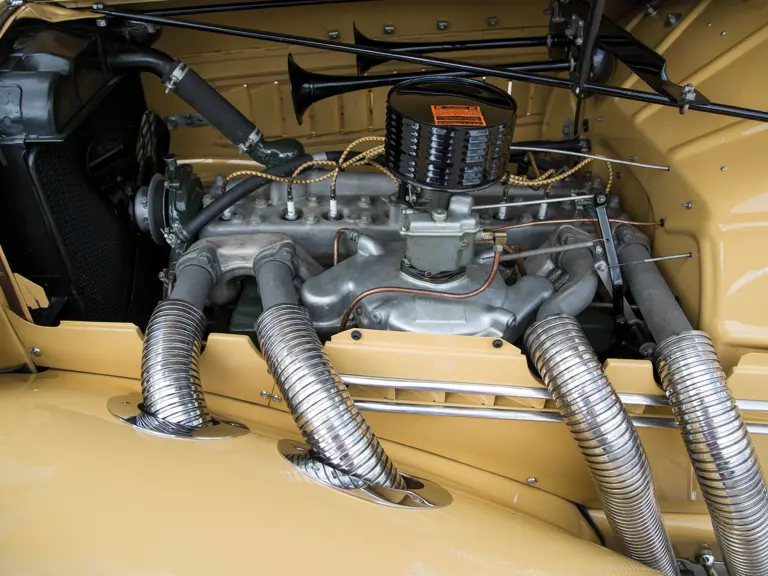
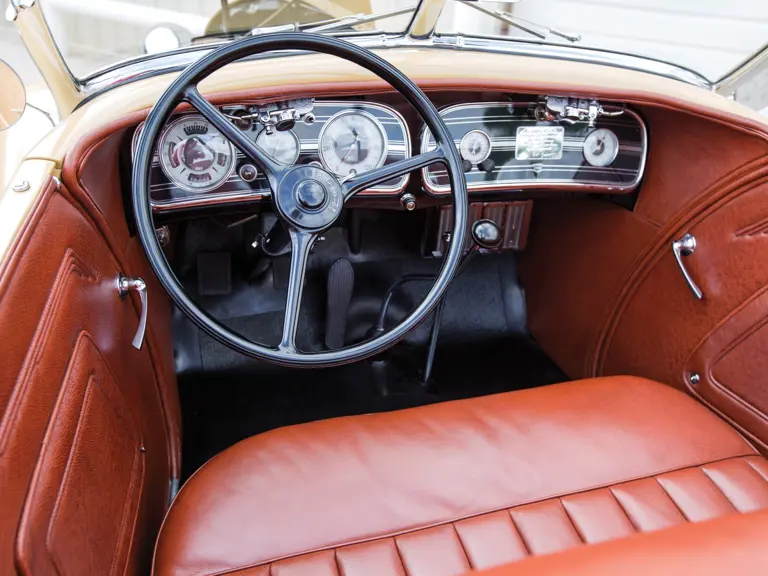
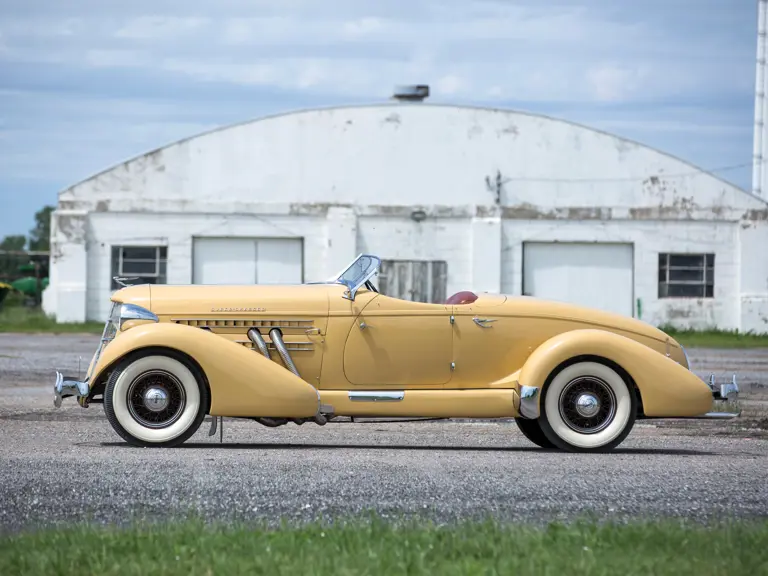
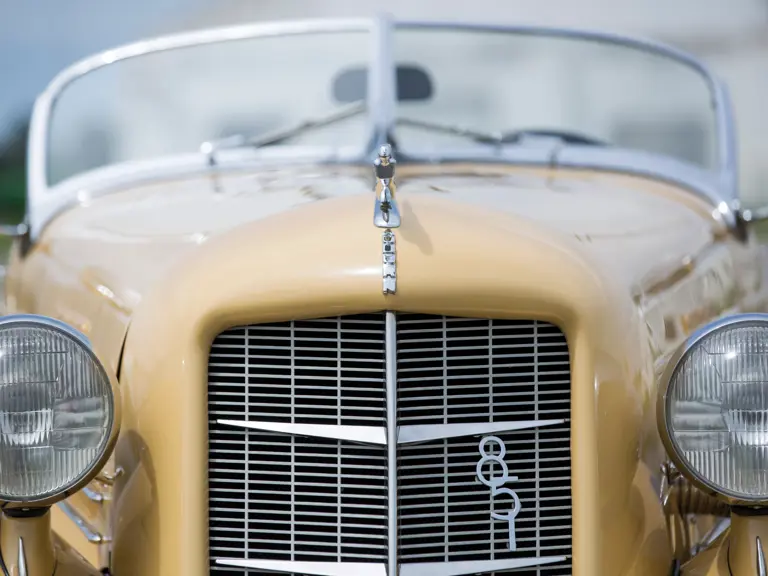
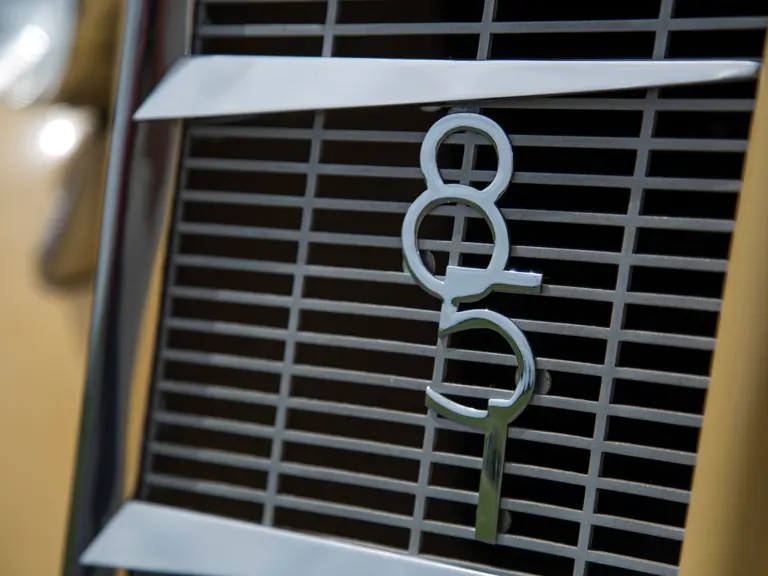

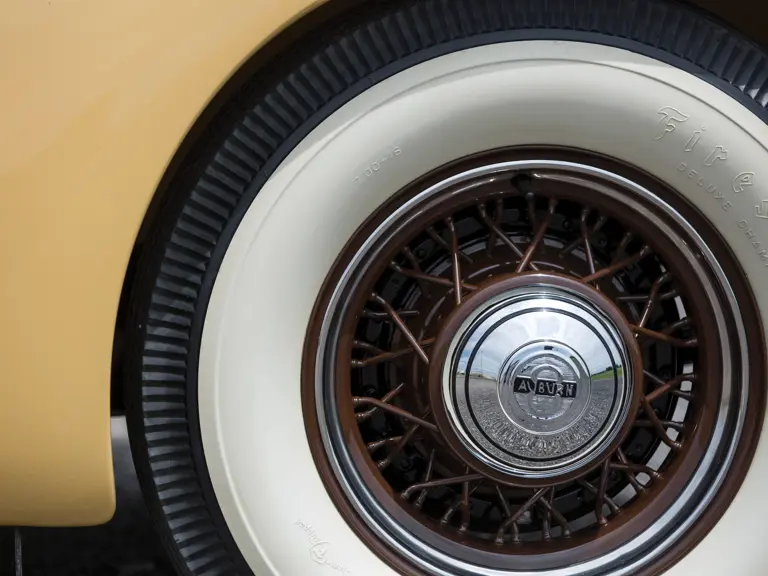
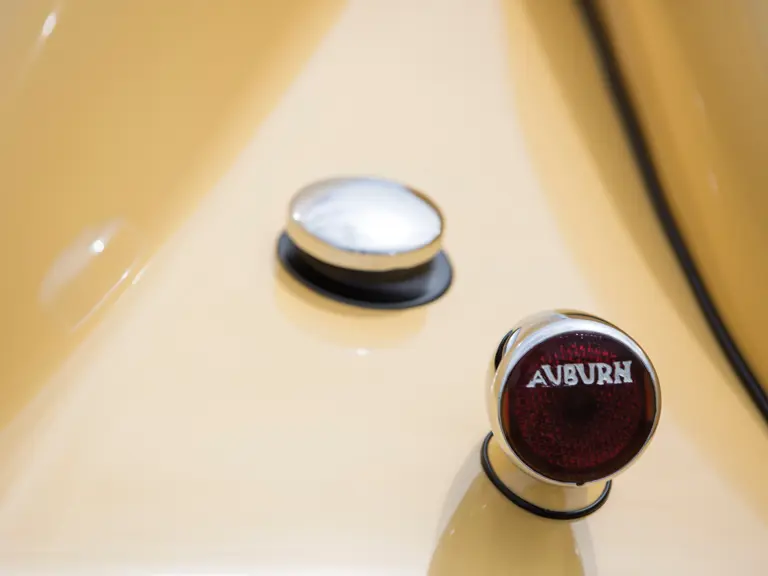
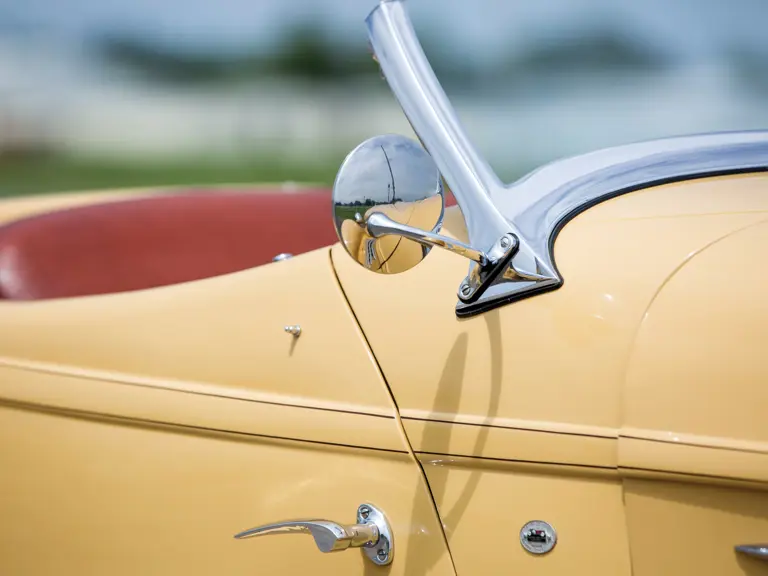
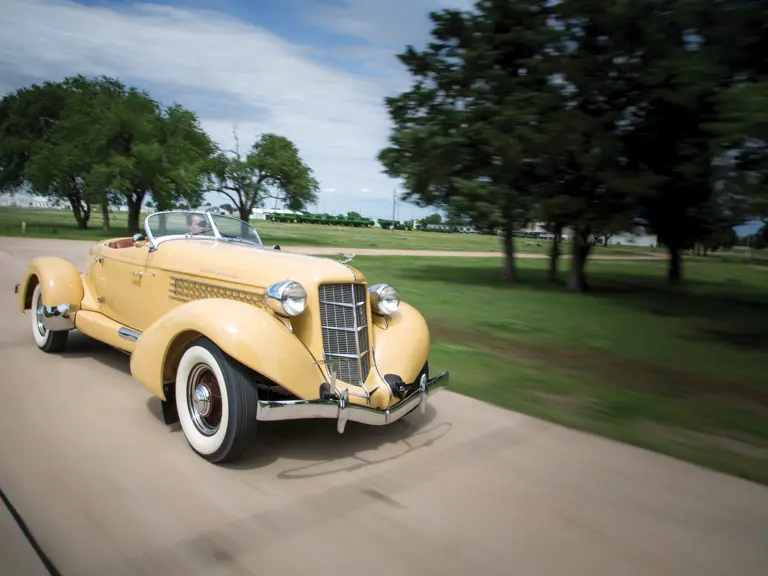

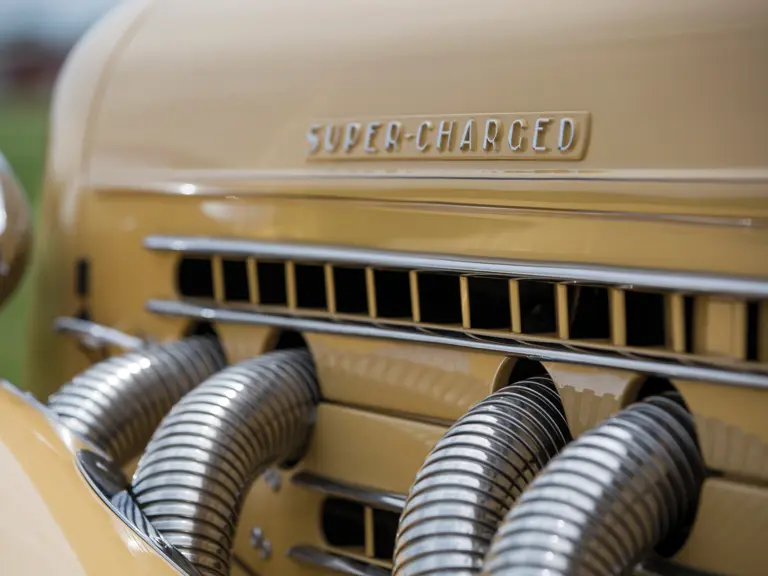
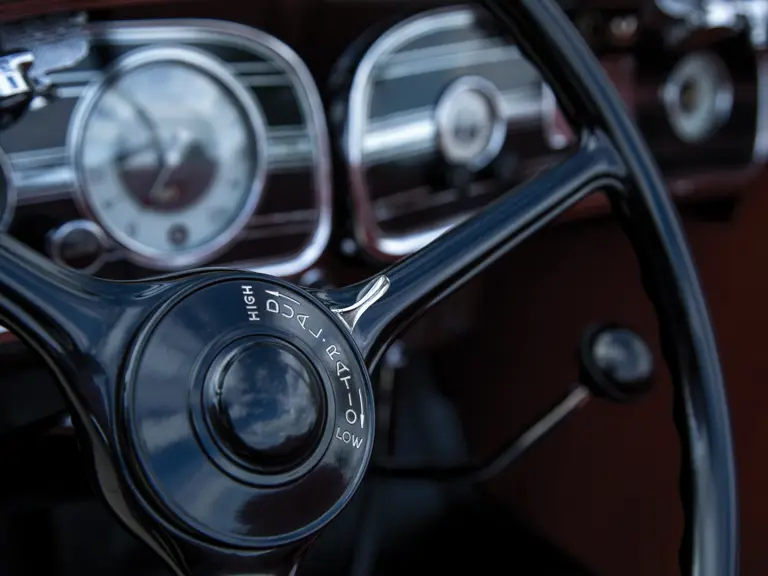
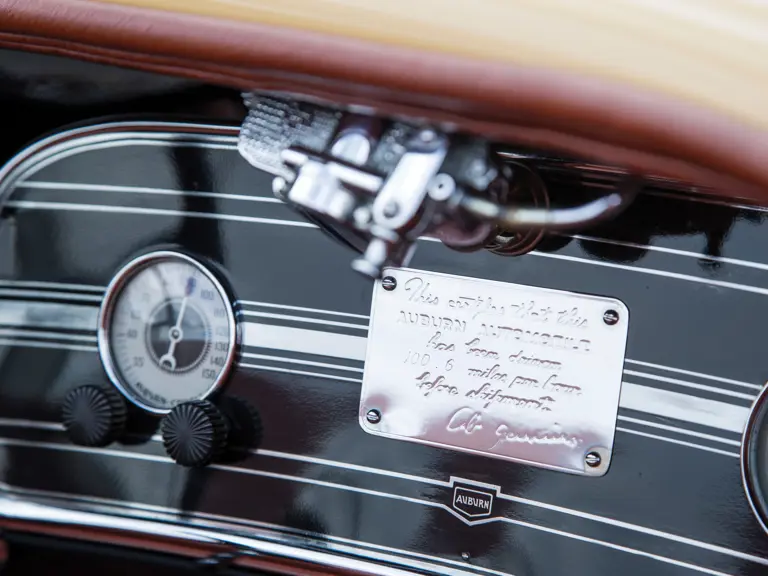
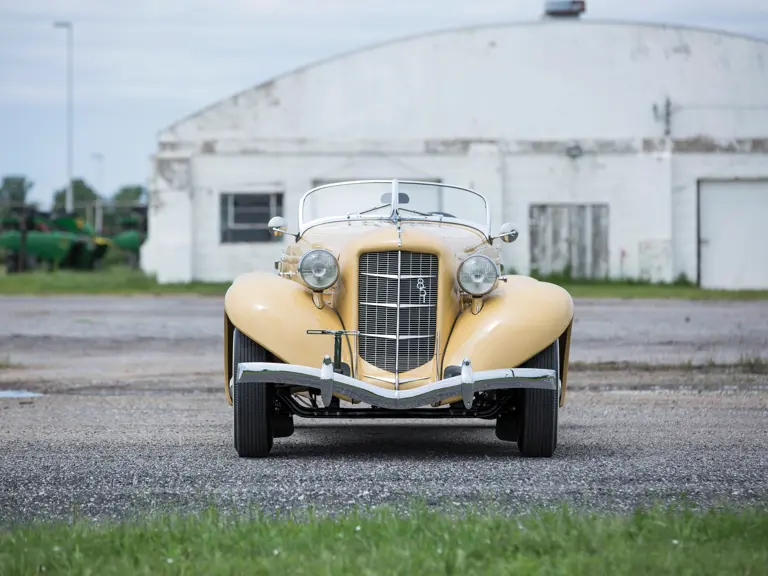
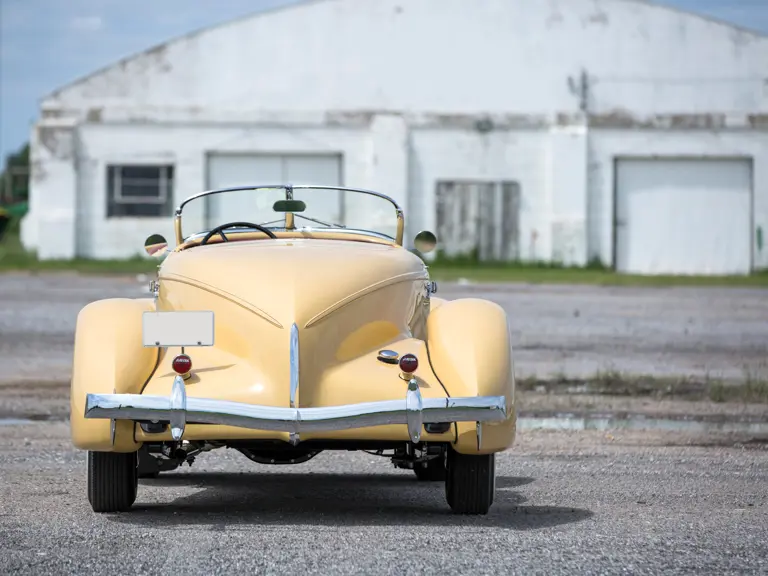
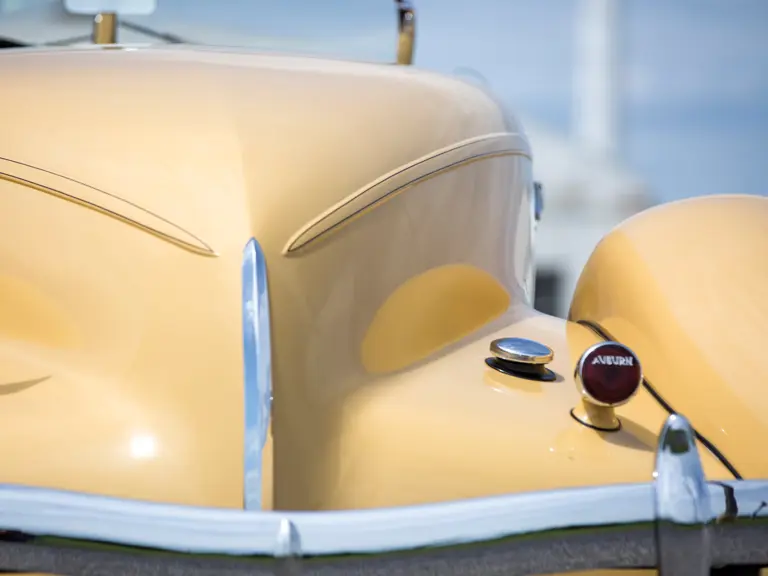

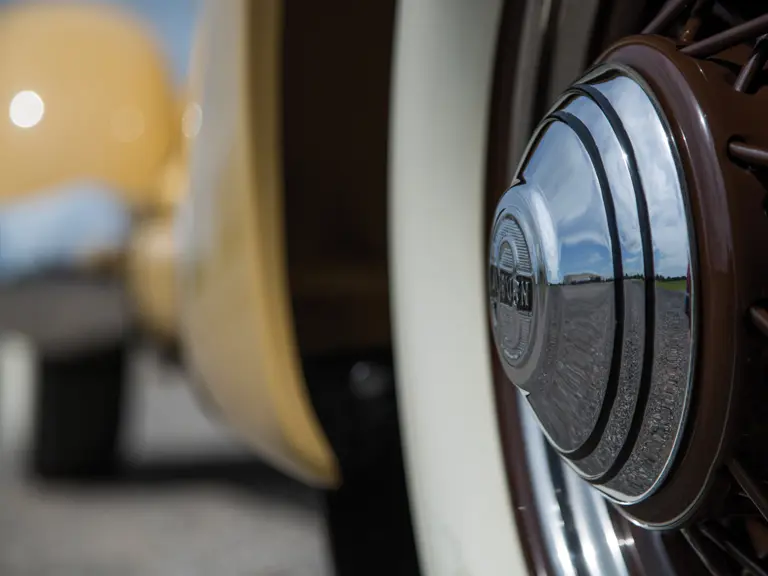
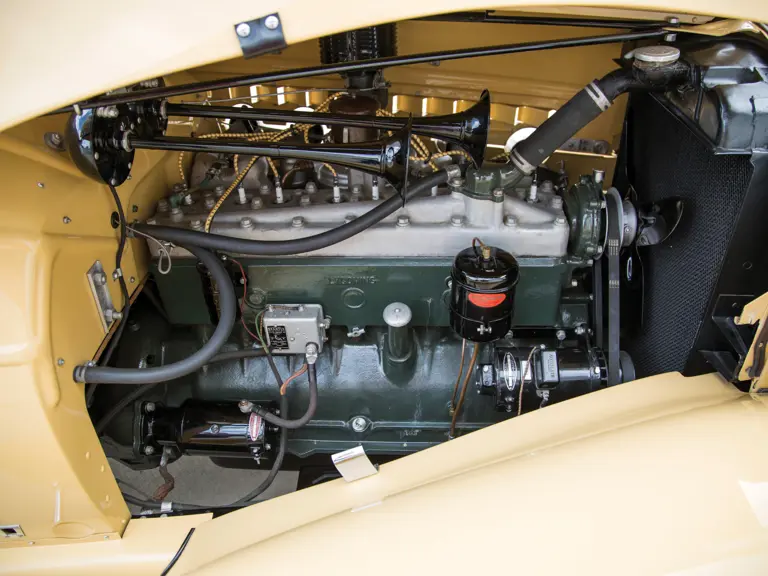
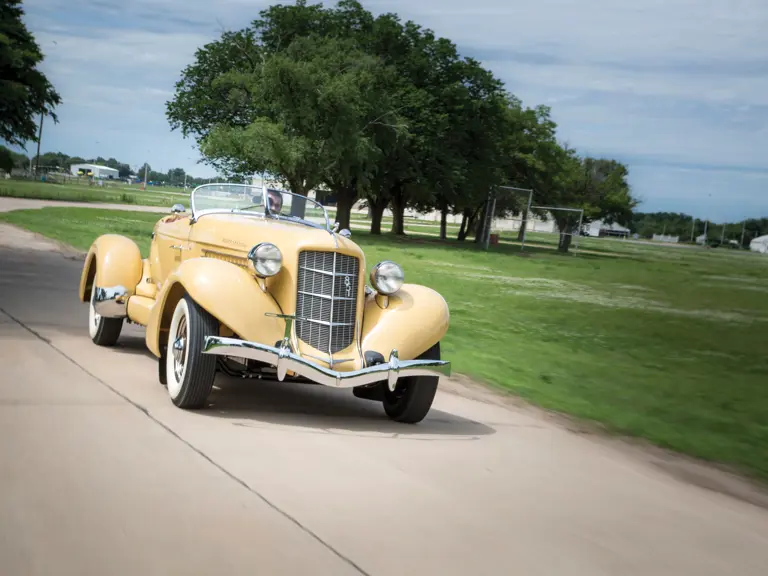
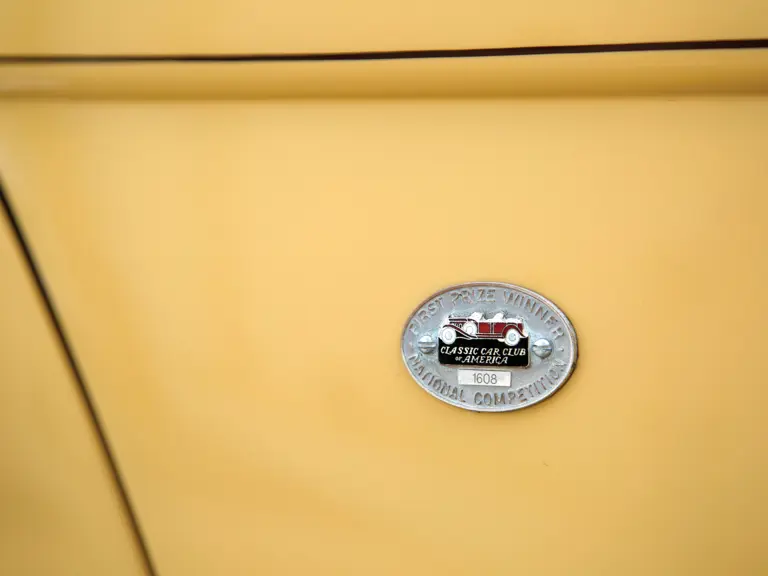

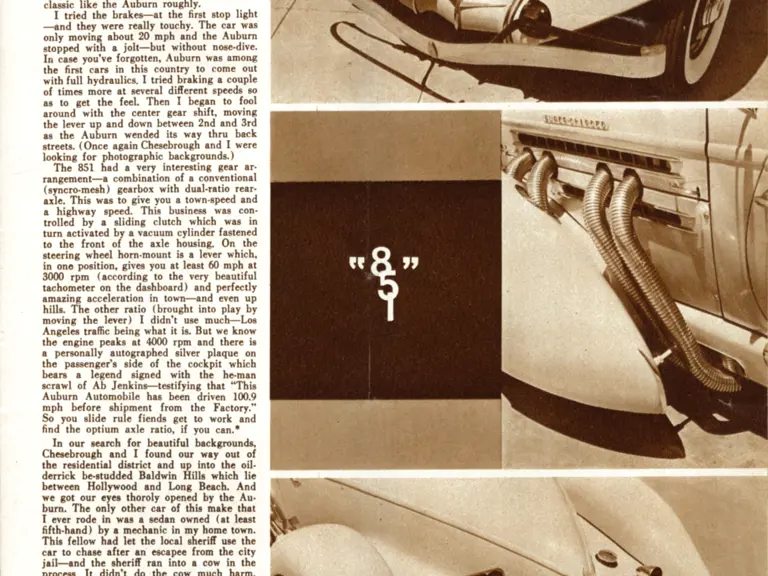

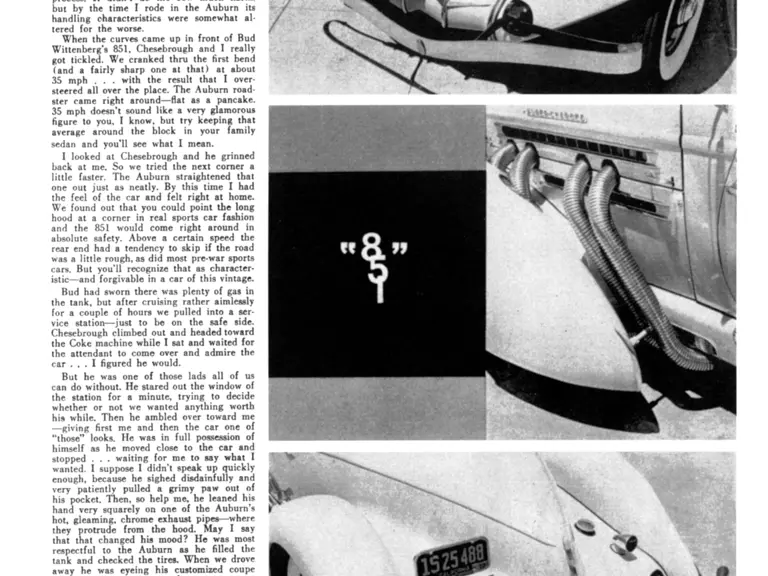
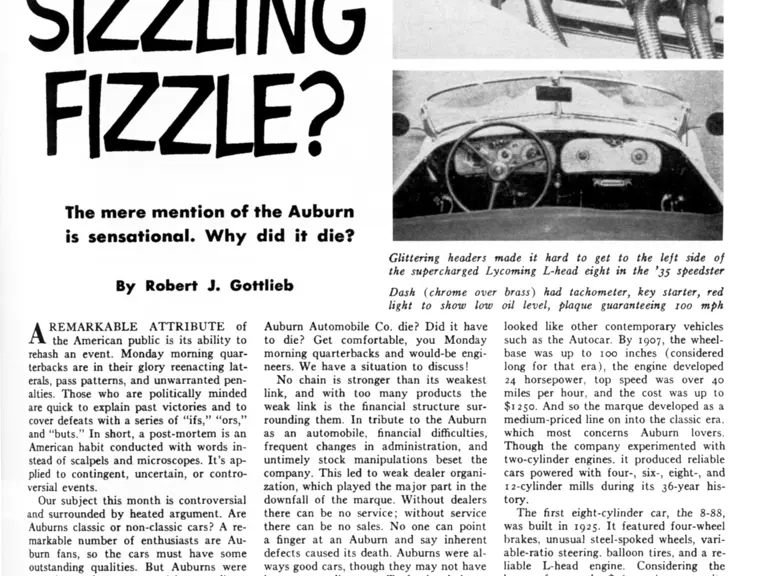
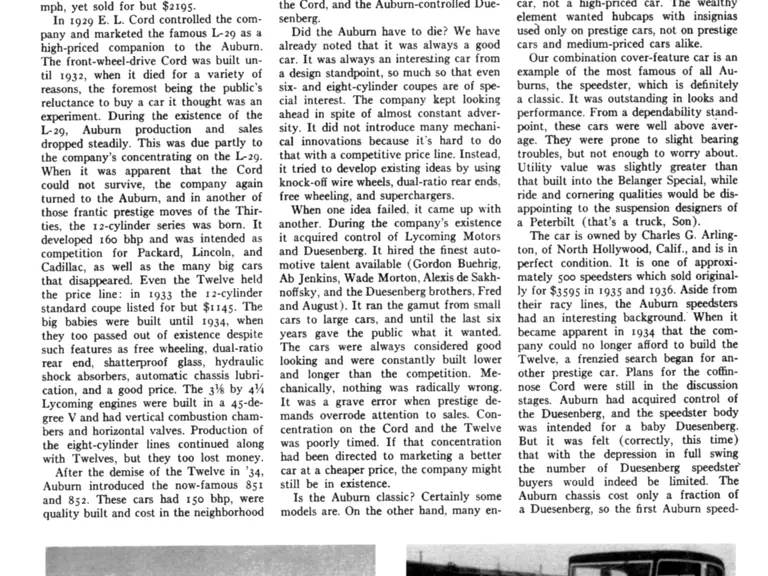
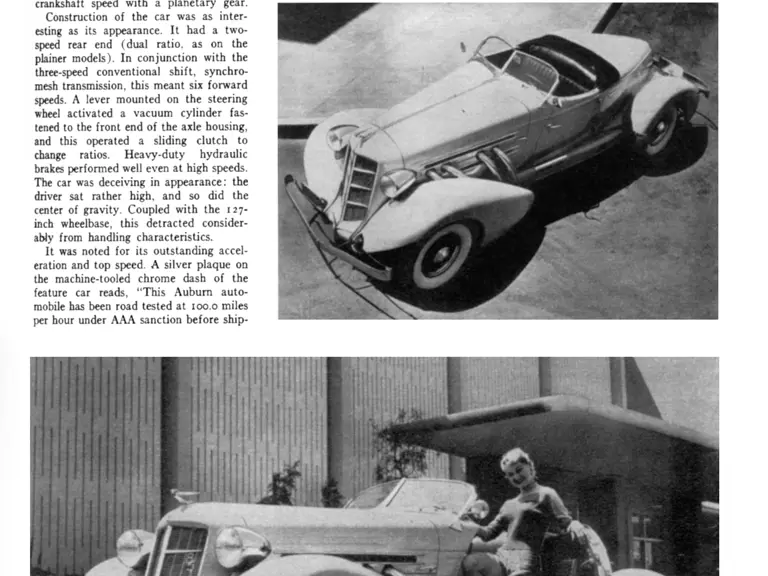
 | Monterey, California
| Monterey, California
